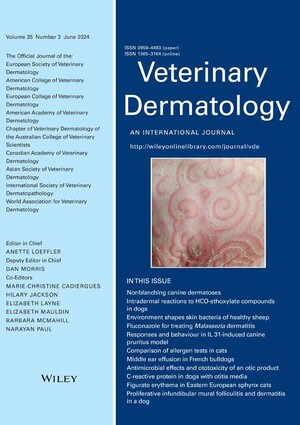
Antimicrobial resistance at the livestock-human interface: Implications for veterinary services
Abstract
The emergence of antimicrobial resistance (AMR) is a major global public health issue but also jeopardises the efficiency of antimicrobials to cure animal infections that threatens their health, welfare and productivity. Several reports show that infections by antimicrobial resistant pathogens in humans may be linked to antimicrobial use (AMU) and AMR in food-producing animals; however, to what extent this happens is unknown. Use of antimicrobials drives the emergence of AMR, therefore, the extensive over and misuse in livestock is of concern. Robust AMU and AMR data are important to monitor the progress of interventions aiming to reduce AMR in the livestock sector. Several countries have incomplete data on antibiotic sales or use and our current knowledge on the global AMU is primarily based on modelling estimates. Antimicrobial resistance prevalence data are scattered, particularly in low- and middle-income countries, but in some high-income regions fairly robust data are available. It should also be noted that monitoring guidelines and protocols are available to provide globally harmonised AMR data. Disease prevention without antimicrobials and rational use of antimicrobials are key to reducing AMU. This involves: a) accessible and affordable veterinary services to farmers; b) antibiotics only sold by prescription; c) veterinarians earn no revenue linked to sale or prescription of antibiotics; d) veterinarians must have substantial skills in preventive medicine including good animal husbandry, efficient biosecurity and vaccinology; and e) the added values of these measures must appeal to farmers so they are willing to pay for that service.
Citation
Magnusson, U., Moodley, A. and Osbjer, K. 2021. Antimicrobial resistance at the livestock-human interface: Implications for veterinary services. Scientific and Technical Review 40(2): 511–521.










